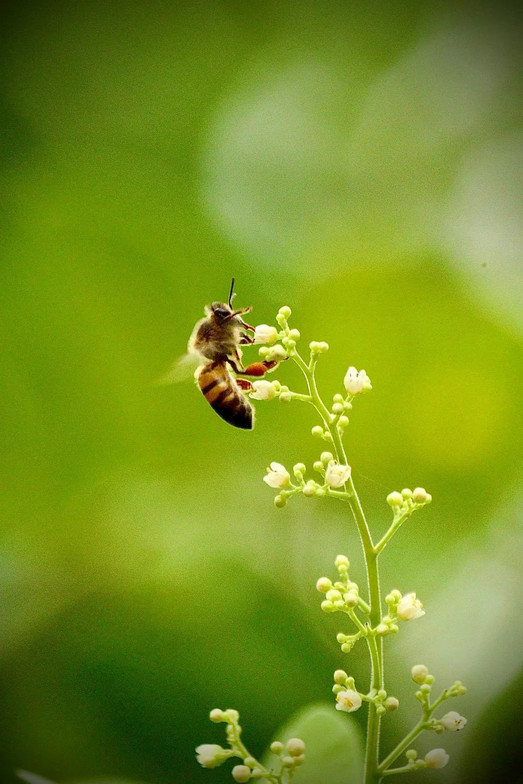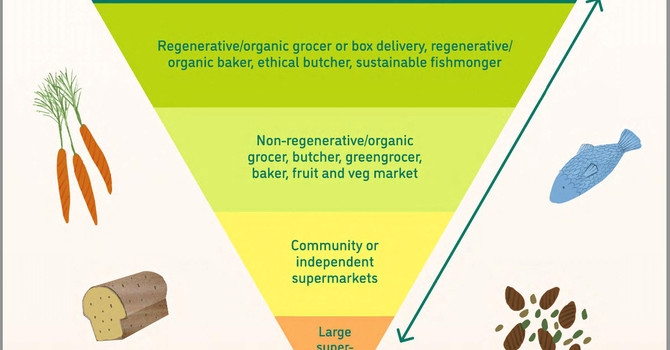
Gluten Free Diet Guidance
Whole grains
A select few whole grains contain gluten, while the rest are naturally gluten-free.
It’s important to check food labels when purchasing whole grains. Even gluten-free whole grains can be contaminated with gluten, especially if they are processed in the same facility as gluten-containing foods.
For example, oats are often processed in facilities that also process wheat, which can lead to cross contamination. For this reason, you should confirm that the oats you purchase are certified gluten-free.
Gluten-free whole grains
- quinoa
- brown rice
- wild rice
- buckwheat
- sorghum
- tapioca
- millet
- amaranth
- teff
- arrowroot
- certified gluten-free oats
Grains to avoid - These gluten-containing grains are often used to make products like bread, crackers, pasta, cereals, baked goods, and snack foods
- rye
- barley
- triticale
Types of wheat to avoid
- whole wheat
- wheat berries
- graham
- bulgur
- farro
- farina
- durum
- kamut
- bromated flour
- spelt
Gluten-free flours:
Almond flour
Amaranth flour
Buckwheat flour
Corn meal flour (and polenta)
Garbanzo bean flour
Garfava flour
Lentil flour
Millet flour
Nut flours (such as Almond, Cashew)
Potato starch flour
Potato flour
Quinoa flour
Rice flour (brown or white)
Sorghum flour (Jowar)
Sweet potato flour
Tapioca flour or tapioca starch
Teff flour
Yucca (cassava flour)
Fruits and vegetables
All fresh fruits and vegetables are naturally gluten-free.
However, some processed fruits and vegetables may contain gluten, which is sometimes added for flavoring or as a thickener.
Gluten-containing ingredients that may be added to processed fruits and vegetables include hydrolyzed wheat protein, modified food starch, and malt.
Although the list below is not comprehensive, it provides some examples of fresh fruits and vegetables that you can enjoy on a gluten-free diet.
Gluten-free fruits
- citrus fruits, including oranges and grapefruit
- bananas
- apples
- berries
- peaches
- pears
Gluten-free vegetables
- cruciferous vegetables, including cauliflower and broccoli
- greens, such as spinach, kale, and Swiss chard
- starchy vegetables, including potatoes, corn, and squash
- bell peppers
- mushrooms
- onions
- carrots
- radishes
- green beans
Fruits and vegetables to double-check
- Canned fruits and vegetables. These may be canned with sauces that contain gluten. Fruits and vegetables canned with water or natural juices are likely gluten-free.
- Frozen fruits and vegetables. Sometimes these contain added flavorings and sauces that contain gluten. Plain frozen varieties are typically gluten-free.
- Dried fruits and vegetables. Some may include gluten-containing ingredients. Plain, unsweetened, dried fruits and vegetables tend to be gluten-free.
- Pre-chopped fruits and vegetables. These may be cross-contaminated with gluten depending on where they were prepped.
Proteins
Almost all fresh, unprocessed plant and animal proteins are naturally gluten-free.
However, gluten-containing ingredients, such as soy sauce, flour, and malt vinegar are often used as fillers or flavorings in protein that has been processed. These ingredients may be added to sauces, rubs, and marinades that are commonly paired with protein sources. They may also be added to certain cold cuts.
Gluten-free proteins
- legumes (beans, lentils, peas, peanuts)
- nuts and seeds
- red meat (fresh beef, pork, lamb, bison)
- poultry (fresh chicken, turkey)
- seafood (fresh fish, scallops, shellfish)
- unflavored soy foods (tofu, tempeh, edamame, etc.)
Proteins to double-check
- processed meats, such as hot dogs, pepperoni, sausage, salami, and bacon
- meat substitutes, such as vegetarian burgers
- lunch meats or cold cuts
- ground meats
- proteins that have been combined with sauces or seasonings
- ready-to-eat proteins, such as those in microwavable TV dinners
Proteins to avoid
- any meat, poultry, or fish that has been breaded
- proteins that are combined with wheat-based soy sauce
- seitan
Dairy products - only ok if you are NOT on a Casein Free Diet (Dairy Free Diet)
Most dairy products are naturally gluten-free. However, those that are flavored and contain additives should always be double-checked for gluten.
Some common gluten-containing ingredients that may be added to dairy products include thickeners, malt, and modified food starch.
Gluten-free dairy products, use only if not on a casein free diet.
- milk
- butter and ghee
- cheese
- cream
- cottage cheese
- sour cream
- yogurt
Dairy products to double-check
- flavored milks and yogurts
- processed cheese products, such as cheese sauces and spreads
- ice cream, which is sometimes mixed with additives that contain gluten
Dairy products to avoid
- malted milk drinks
Fats and oils
Fats and oils are naturally gluten-free. In some cases, additives that contain gluten may be mixed with fats and oils for flavor and thickening.
Gluten-free fats and oils
- butter and ghee
- olives and olive oil
- avocados and avocado oil
- coconut oil
Fats and oils to double-check
- cooking sprays
- oils with added flavors or spices
Beverages
There are several types of gluten-free beverages for you to enjoy.
However, some beverages are mixed with additives that contain gluten. Additionally, some alcoholic beverages are made with malt, barley, and other gluten-containing grains and should be avoided on a gluten-free diet.
Gluten-free beverages
- water
- 100% fruit juice
- coffee
- tea
- some alcoholic beverages, including wine, hard ciders, and beer made from gluten-free grains, such as buckwheat or sorghum
Note that while many of these beverages are gluten-free, most of them are best consumed in moderation due to their added sugar and alcohol contents.
Beverages to double-check
- any beverage with added flavorings or mix-ins, such as pre-made coffee drinks or mixed drinks
- distilled liquors, such as vodka, gin, and whiskey — even when labeled gluten-free, as they are known to trigger a reaction in some people due to how they’re processed or stored.
- pre-made smoothies
Beverages to avoid
- beers, ales, and lagers made from gluten-containing grains
- non-distilled liquors
- other malt beverages, such as wine coolers
Spices, sauces, and condiments
Spices, sauces, and condiments often contain gluten but are commonly overlooked.
Although many spices, sauces, and condiments are naturally gluten-free, gluten-containing ingredients are sometimes added to them as emulsifiers, stabilizers, or flavor enhancers.
Some common gluten-containing ingredients added to spices, sauces, and condiments include wheat starch, wheat flour, or hydrolyzed wheat protein.
Gluten-free spices, sauces, and condiments
- tamari
- coconut aminos
- white vinegar, distilled vinegar, and apple cider vinegar
Spices, sauces, and condiments to double-check
- ketchup and mustard
- Worcestershire sauce
- tomato sauce
- relish and pickles
- barbecue sauce
- mayonnaise
- salad dressing
- pasta sauce
- dry spices
- salsa
- stock and bouillon cubes
- marinades
- gravy and stuffing mixes
- rice vinegar
Spices, sauces, and condiments to avoid
- wheat-based soy sauce and teriyaki sauce
- malt vinegar
Ingredients to look out for
Here is a list of ingredients and food additives that may indicate that an item contains gluten.
- modified food starch and maltodextrin (if made from wheat, it will be specified on the label)
- malt-based ingredients, including malt vinegar, malt extract, and malt syrup
- gluten stabilizer
- soy or teriyaki sauce
- wheat-based ingredients, such as wheat protein and wheat flour
- emulsifiers (will be specified on the label)
Navigating a Gluten-Free Diet
If you’re uncertain whether a product contains gluten, contacting the manufacturer for clarity is a wise choice.
Who Should Consider a Gluten-Free Diet?
A gluten-free diet is essential for individuals with celiac disease, as it triggers an immune response when gluten is consumed. Those with non-celiac gluten sensitivity should also limit gluten due to symptoms like bloating and stomach pain. Those with high antigliadin or high zonnulin results or people with irritable bowel syndrome (IBS), characterized by digestive issues may also benefit from a GF diet.
Risks of Going Gluten-Free
While gluten is naturally present in nutritious whole grains like wheat, barley, and rye, many processed gluten-free foods lack essential vitamins and minerals. A restrictive gluten-free diet may lead to deficiencies in folate, riboflavin, niacin, and iron, and can also be lower in fiber, crucial for digestive health.
The Bottom Line
You can maintain a balanced gluten-free diet by focusing on organic, whole foods, such as fruits, vegetables, legumes, gluten-free grains, dairy, and fresh meats. Avoid wheat, rye, and barley, and be wary of processed foods that may contain gluten or be cross-contaminated.
To succeed on a gluten-free diet, always check ingredient labels, as gluten can be hidden in unexpected places. By prioritizing fresh, organic, and minimally processed foods, you can enjoy a satisfying gluten-free lifestyle.


